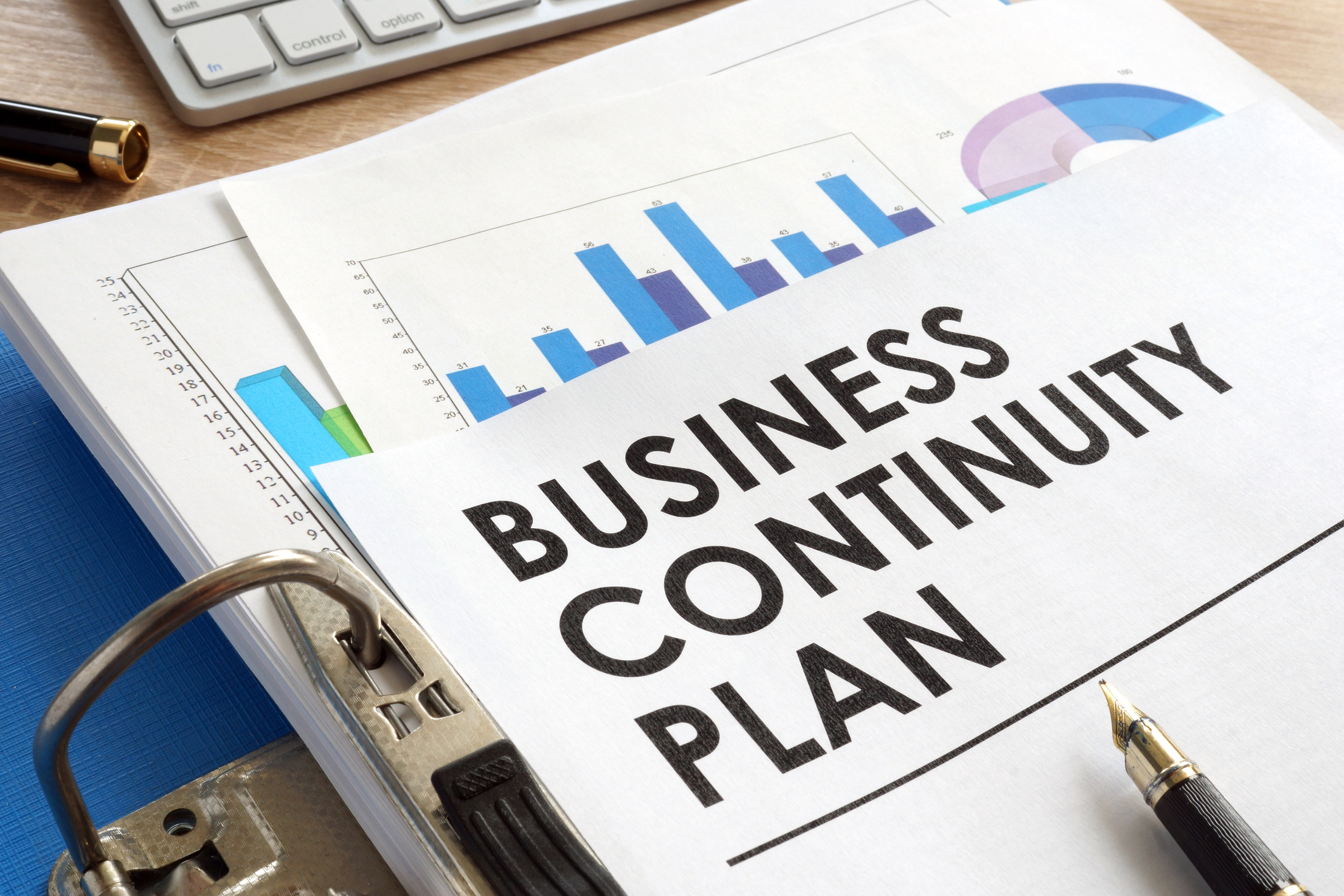A Business Continuity Plan is important to have, as it’s the blueprint that will enable operations before, during and after a major storm event or natural disaster. FEMA statistics show that 75% of businesses that don’t have a Continuity Plan will fail after a storm or natural disaster , 40% of small businesses won’t reopen, and 25% of businesses will close within one year. Don’t be a statistic! It’s important to have a Business Continuity Plan in place.
What Is A Business Continuity Plan?
A Business Continuity Plan lays the groundwork for recovery in the event your business is affected by a major storm or weather event. This is your written plan that outlines company critical processes that identify which staff, materials, procedures and equipment are essential to keep the business operating.
Your plan should include a risk assessment, client communication plans, operating procedures for your computer networks, data, server, IT, and infrastructure, as well as staff roles and responsibilities, and a list of key contacts. It’s frustrating enough to go through a storm event. The plan will help you get through it.
Get Started – Business Continuity Planning
- Risk Assessment
Identify potential risks to your business and how they may affect your ability to deliver your products or services. i.e. Are you located in an area prone to tornadoes, hail, hurricanes, flooding, or storm surge? How will your company operate if a major storm event occurs, or if you’re without power or electricity for a lengthy period of time?
- Contact List Distribution
Ensure you have a comprehensive, updated list of key contacts including emails and phone numbers of your essential personnel, customers, vendors, suppliers, and business connections. It’s important to include your insurance agent contact details and policy information, as well as any legal and financial contacts. Ensure the list includes your utility, gas and electric companies and internet service providers for all office locations. Most importantly, make sure the list is backed up on the cloud and easily accessible by your core team.
- Employee Roles & Responsibilities
It’s important to identify your core team to create and execute the Business Continuity Plan. Include feedback from all of your staff members in the planning stages to ensure there is no detail left behind. Make sure that staff roles and responsibilities are clearly outlined. You might decide you want to spread the responsibilities out over a geographic area to ensure productivity in the event of power outages, floods, or storm emergencies. Share the staff contact lists and ensure that these are electronically distributed, printed, saved in a secure location and backed up on the cloud. Create an org chart with clearly defined roles and discuss with the team in advance so everyone is prepared.
- Identify Secondary Vendors/ Suppliers
It’s important to identify backup companies including vendors, suppliers and technology companies in the event their systems are also down and they cannot help you meet your business needs.
- Plan for Technology Recovery
Ensure that everything is backed up, and that essential personnel have the confidential sign in information and passwords to access necessary data.
- Communication Is Key!
Communication is key throughout recovery! Have a clear communication plan outlined for staff, clients, vendors and suppliers.
- Product Inventory
Create inventory and take photos of your products, office supplies and equipment, etc. This is essential in the event you need to submit an insurance claim.
- Storm & Evacuation Routes
Help your staff and clients be prepared with their local evacuation plans, essential storm apps, and shelter information if applicable.
- KISS: Keep It Simple & Straightforward
Business Continuity Plans tend to get extremely complex, and can easily fall to the wayside or seem like such a daunting task that it falls on the procrastination list. Create your plan and make sure it’s easy to understand. Don’t overcomplicate it. Experts recommend updating and practicing your plan often.
About Venture Construction Group
As a national leading commercial construction and restoration expert, Venture Construction Group (VCG), we know that a storm can be devastating to your business and to your peace of mind. With 20 years of experience, we specialize in commercial storm damage repairs and restoration work due to hurricanes, tornadoes, hail damage, water and wind damage.

